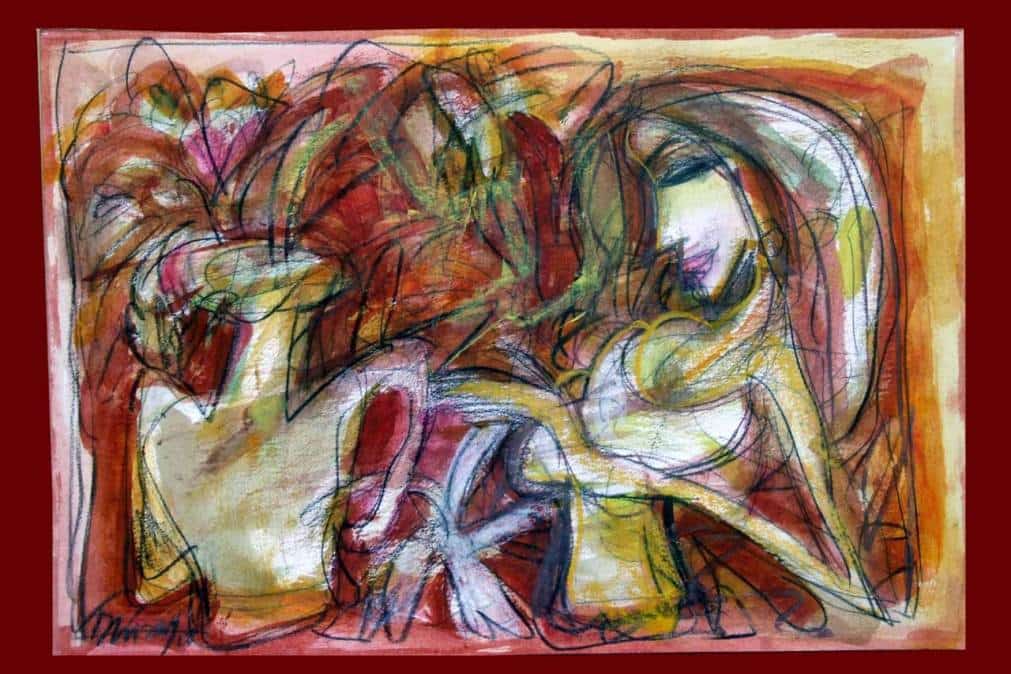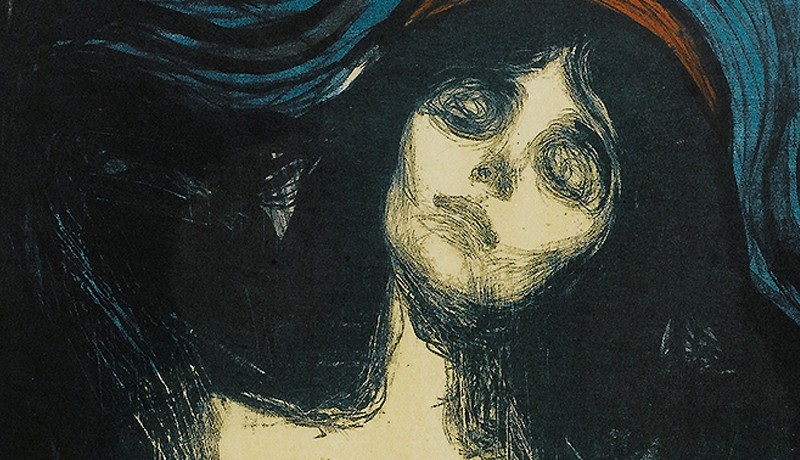Emotionalism in art refers to the use of emotions as a driving force in the creation and interpretation of art. This can take many forms, from evoking strong emotional responses in the viewer through the use of color, composition, and subject matter, to the artist expressing their own emotions through their work.
One of the most powerful ways that emotionalism is used in art is through the use of color. Certain colors are known to have strong emotional associations, such as red for passion and anger, blue for calmness and serenity, and yellow for joy and happiness. By using these colors in their artwork, artists can create powerful emotional responses in the viewer.
Composition is another important aspect of emotionalism in art. The way that elements are arranged within a piece of artwork can greatly impact the emotional response it elicits. For example, a chaotic composition may evoke feelings of confusion or anxiety, while a balanced composition may create a sense of calm and stability.
The subject matter of a piece of art can also be used to evoke emotional responses in the viewer. For example, a painting of a peaceful landscape may bring feelings of tranquility, while a painting of a violent scene may evoke feelings of fear or anger.
In addition to using emotionalism to evoke emotional responses in the viewer, many artists also use their own emotions as a driving force in their work. This can be seen in the use of self-expression and personal experiences as inspiration for their art. By channeling their own emotions into their artwork, artists can create powerful and authentic pieces that resonate with their audience on a deep emotional level.
Overall, emotionalism is a powerful tool in art, allowing artists to create works that connect with their audience on a deeper level and evoke strong emotional responses. Whether through the use of color, composition, or subject matter, or through the expression of their own emotions, emotionalism is a key element in many works of art.







